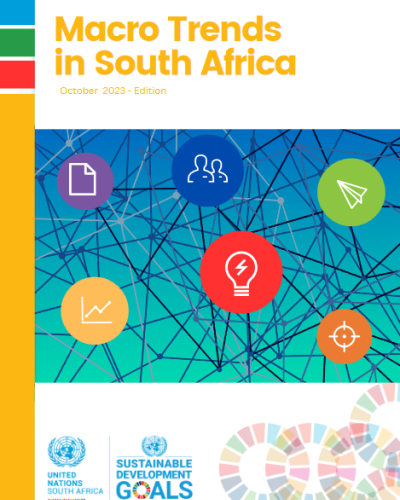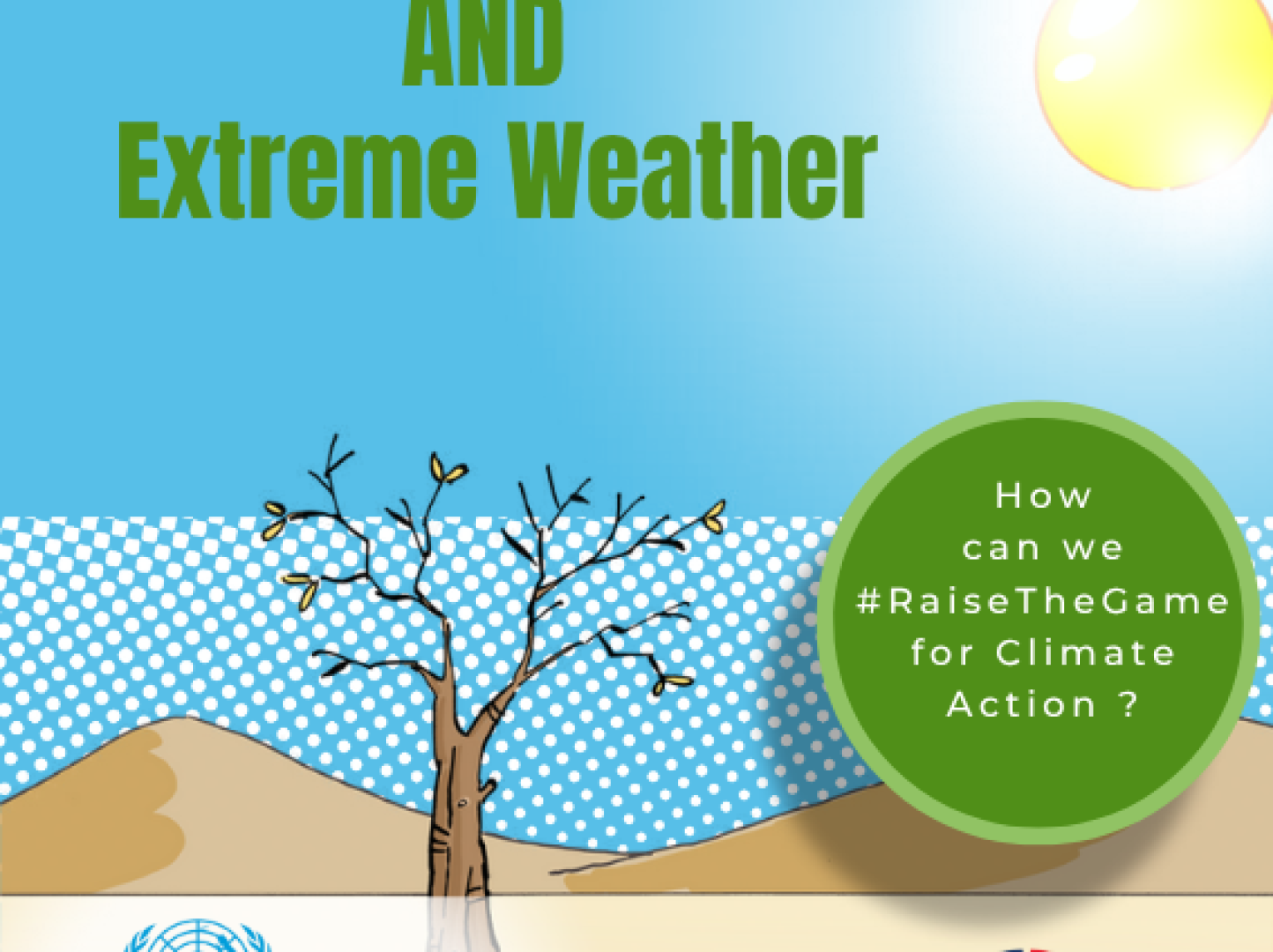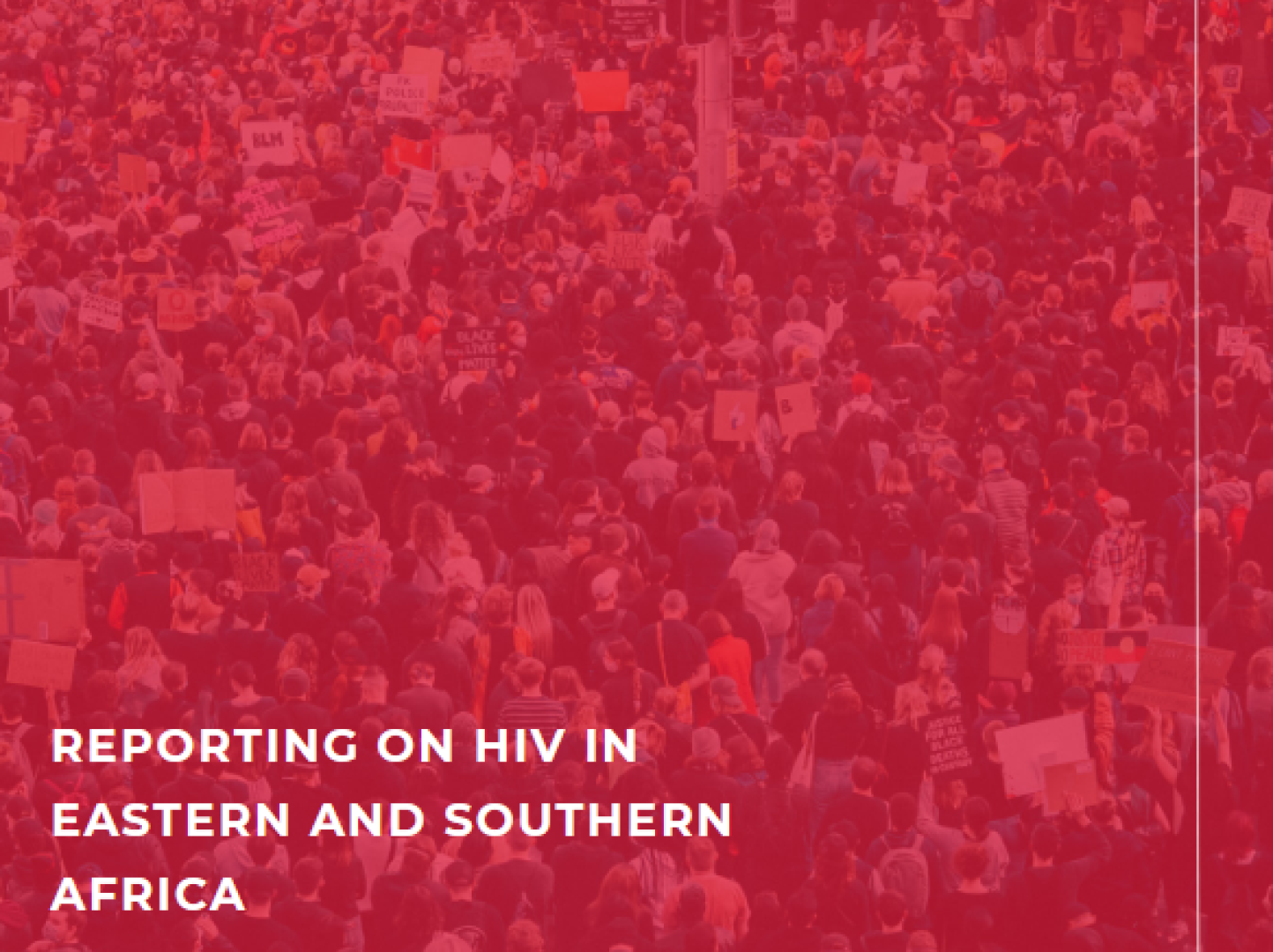Macroeconomic Trends in South Africa REPORT - October 2023

South Africa’s census is a critical source of information for policymaking, planning, and implementing social and economic programmes. It serves as an opportunity for the government to appropriately allocate resources, address inefficiencies and execute developmental plans or programmes that meet the needs of citizens.
In the last 26 years, the census 2022 shows that significant progress has been made in meeting the basic needs of the underserved segments of the South African society. Improvements have been observed across several socio-economic indicators including health, education, and access to basic services such as electricity, clean water, sanitation, and waste removal. However, the trends and figures indicate that significant gaps remain in the provision and quality of services and that more should be done. In addition, during the period, the population landscape across the country has drastically changed. With a rapidly growing population of 62 million people, demand for economic, environmental, infrastructural and social services has equally increased, calling for greater governmental resources. The NDP vision 2030 had a target of 58 million people in the country by 2030, but this has already been reached and exceeded. This has serious implications for the demand side of service delivery in the country.



















